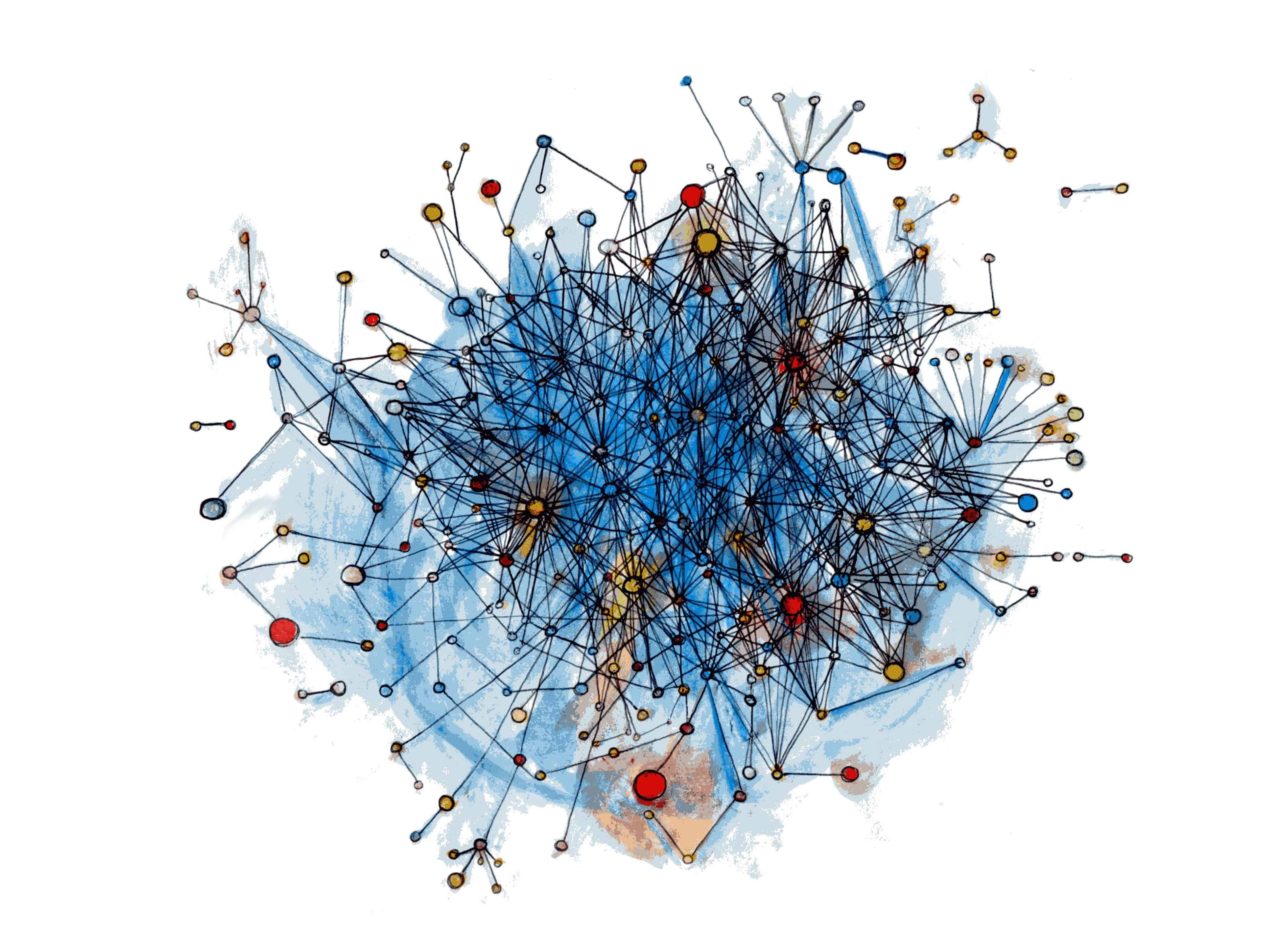It goes without saying that cancer is a devastating diagnosis: treatments are limited, and patients often undergo aggressive chemotherapy that not only destroys cancer cells but healthy cells as well. But what if scientists could eliminate cancer cells with optimal accuracy while allowing healthy cells to live?
Dr. Igor Stagljar, Professor in the Departments of Biochemistry and Molecular Genetics at the University of Toronto, and his associates are aiming to address this puzzle at the Terrence Donnelly Centre for Cellular and Biomolecular Research (TDCCBR). The Stagljar Lab recently conducted the first study that maps the interactions between receptor tyrosine kinases (RTKs) and protein tyrosine phosphatases (PTPs).
RTKs are proteins known as cell membrane receptors. They allow communication between the cell and molecules outside the cell. Signal molecules, like hormones and growth factors, bind onto the RTKs and control cell specialization by determining which genes are expressed. Other proteins attach to RTKs, allowing cell-to-cell interactions that maintain the spatial orientation of tissues.
RTKs help to regulate cell growth, differentiation, and survival. If they were to malfunction as a result of a mutation, this regulation would be inhibited and may lead to the development of various cancers. In the past 15 years, new cancer drugs have been developed to block RTKs and control cell growth.
Currently available drugs only block a portion of RTKs because they are not perfectly understood. Stagljar and Zhong Yao, Senior Research Associate in his lab, have now carried out the largest study on RTKs. They have mapped almost all the interactions between human RTKs and PTPs.
PTPs are a group of enzymes that regulate the phosphorylation state for signalling molecules, where phosphorylation is the addition of phosphate groups that ‘switches on’ or ‘switches off’ enzymes and receptors.
When RTKs receive signals from extracellular molecules, PTPs bind to RTKs to ‘turn them off,’ a process important for controlling cell division. PTPs maintain RTK inactivity and in some cases can also act as a positive regulator to ‘turn on’ gene expression.
Physical interactions between RTKs and PTPs had not been captured up until this point, largely because of where the RTK is located on the cell membrane. In order to study these interactions, the cell membrane would need to be dissolved. However, dissolving the membrane would change protein behaviour, so scientists were not able to recreate these interactions in their natural setting.
The Stagljar Lab set out to develop technologies that could capture these brief interactions. Membrane proteins are attractive therapeutic targets for various types of cancer because of how, as the TDCCBR studies, they play a role in producing cells that are either healthy or diseased.
The researchers developed two technologies that can study these membrane proteins: the Membrane Yeast Two Hybrid (MYTH) and the newer Mammalian Membrane Two Hybrid (MaMTH).
According to the Stagljar Lab website, the MYTH technology identifies membrane proteins in vivo using Saccharomyces cerevisiae, a species of yeast. It is one of the most studied eukaryotic — organisms having cells with a membrane-bound nucleus — model organisms in molecular and cell biology.
MYTH technology is used to identify protein-protein interactions (PPIs) between all PTPs and RTKs. There are 58 known RTKs. The MYTH technology screen uses 58 RTKs expressed as membrane proteins in yeast, mimicking their states in mammal cells. That way, they maintain their structure and function. They are then screened against a set of 150 PTPs in yeast. MYTH is used to identify interactors that can lead to new drug targets.
The MaMTH technology is used in the analysis of the PPIs of full-length integral membrane proteins in the context with mammalian cell lines. The MaMTH can detect subtle changes in interaction patterns.
This new technology is being developed so it can be used as a drug screening platform. The MaMTH provides measurements of PPIs in the natural membrane of human cells and would be able to detect small changes in proteins in response to a drug. This new technology has many potential applications in the pharmaceutical industry.
The MYTH technology has mapped out more than 300 interactions between RTKs and PTPs in human cells. These new technologies will aid Stagljar and associates in future research for new cancer therapies.
“We wanted to show that these two assays we developed in our lab — MYTH and MaMTH — are suitable for studying these two important classes of proteins on such a large scale. The resulting wealth of important data can be used to develop new therapies against various types of cancer,” stated Staglijar to U of T News.
With the information provided by these new technologies, it is possible that the development of drugs that better target cancer cells may be on the horizon.


